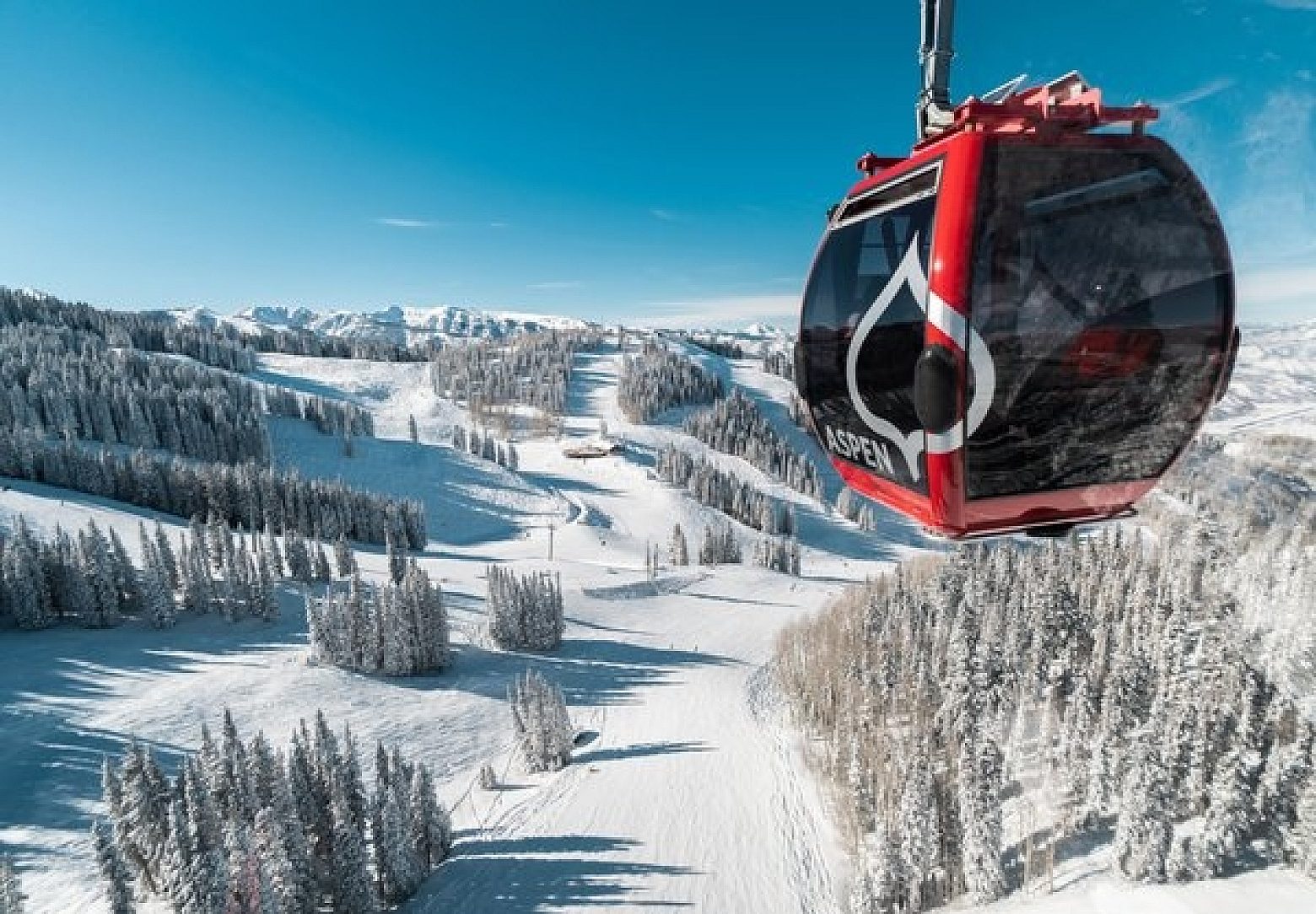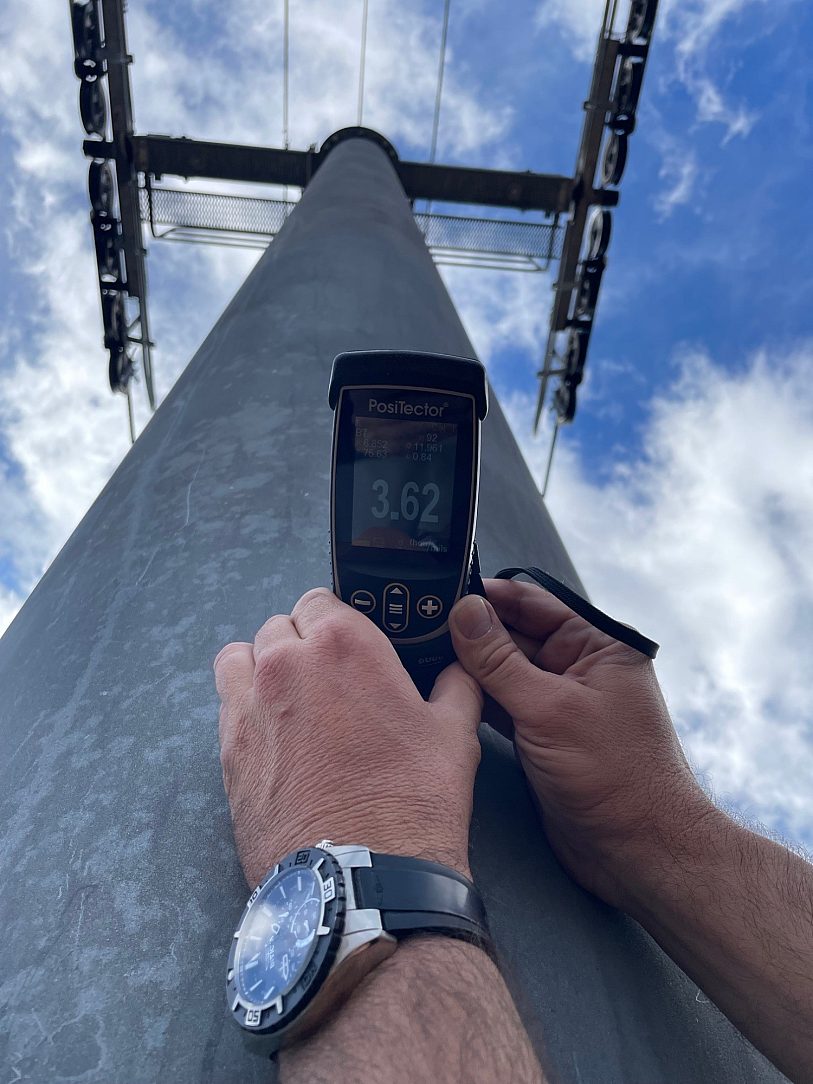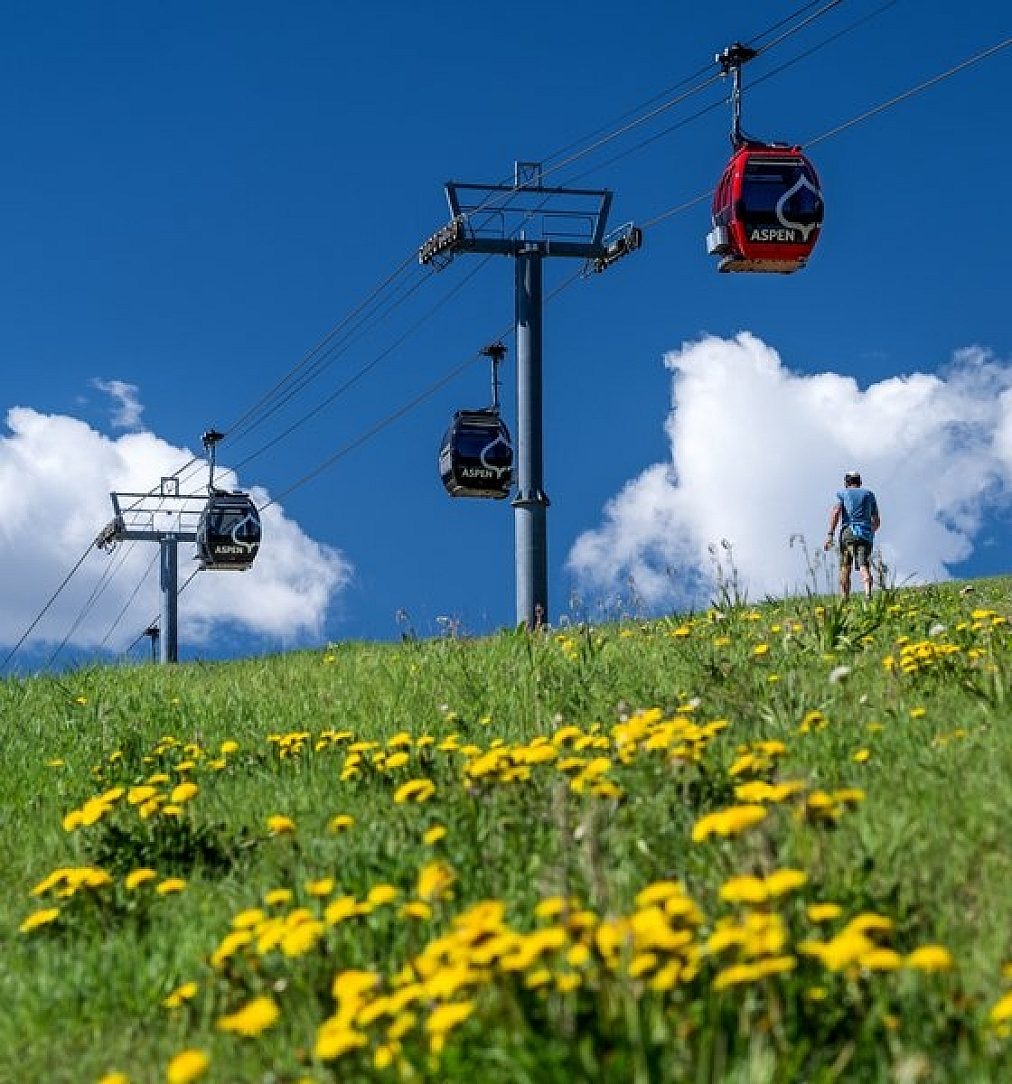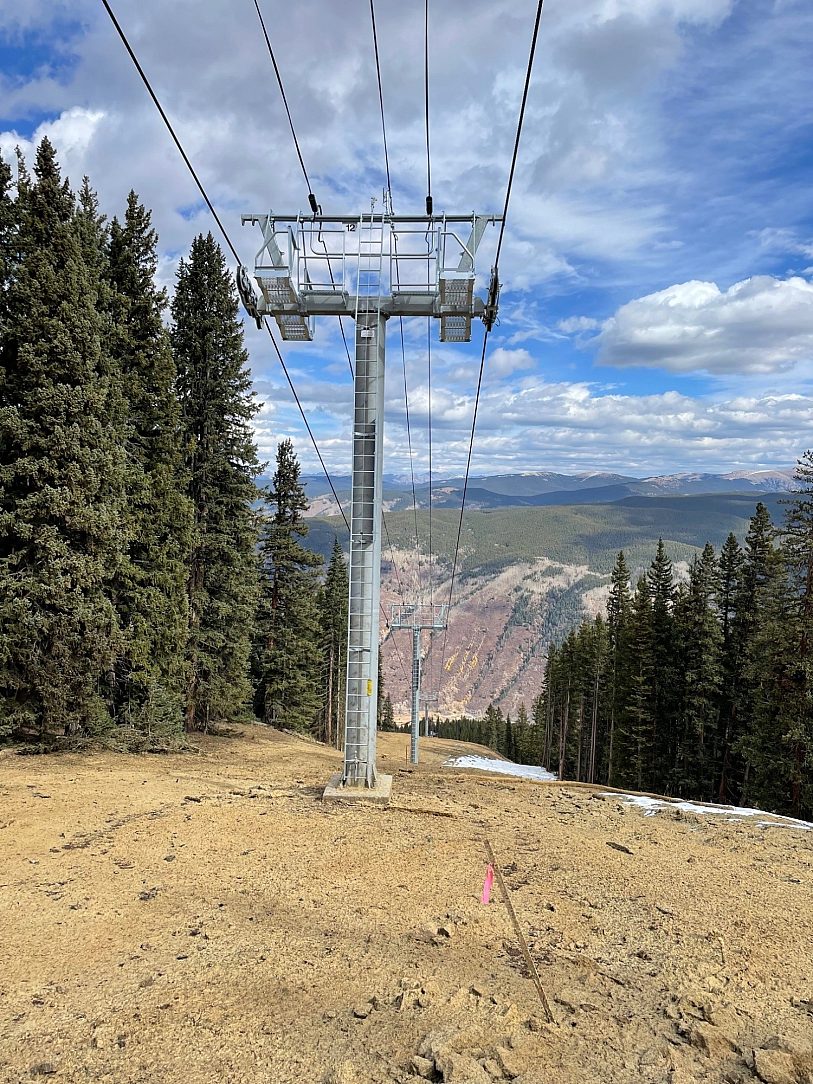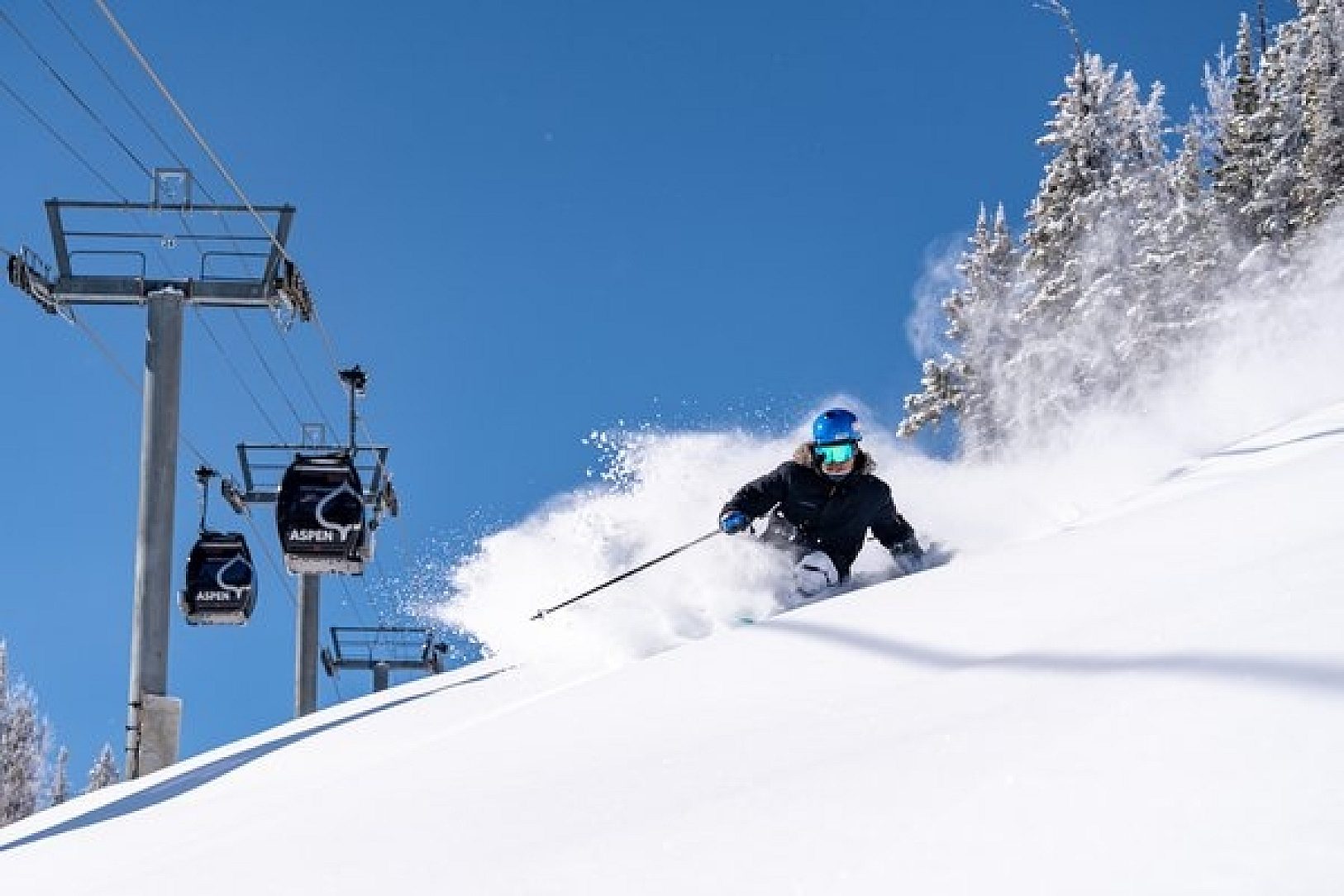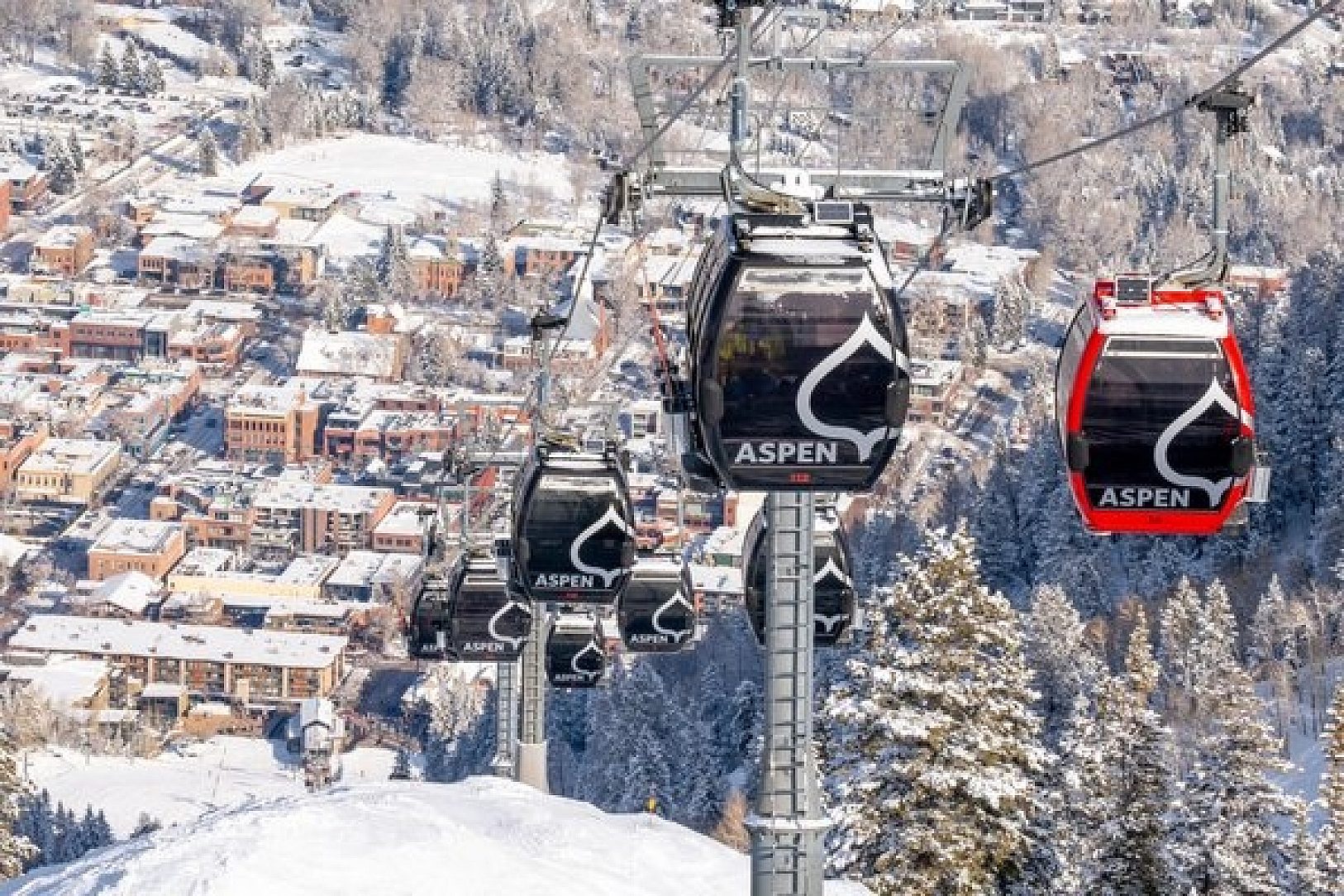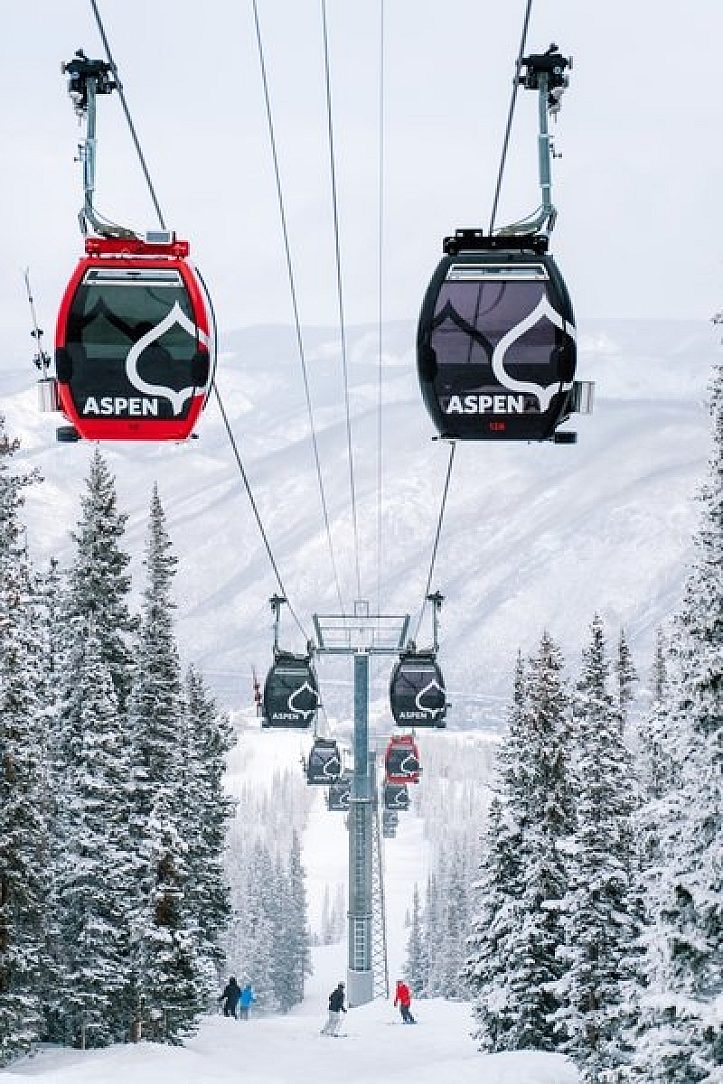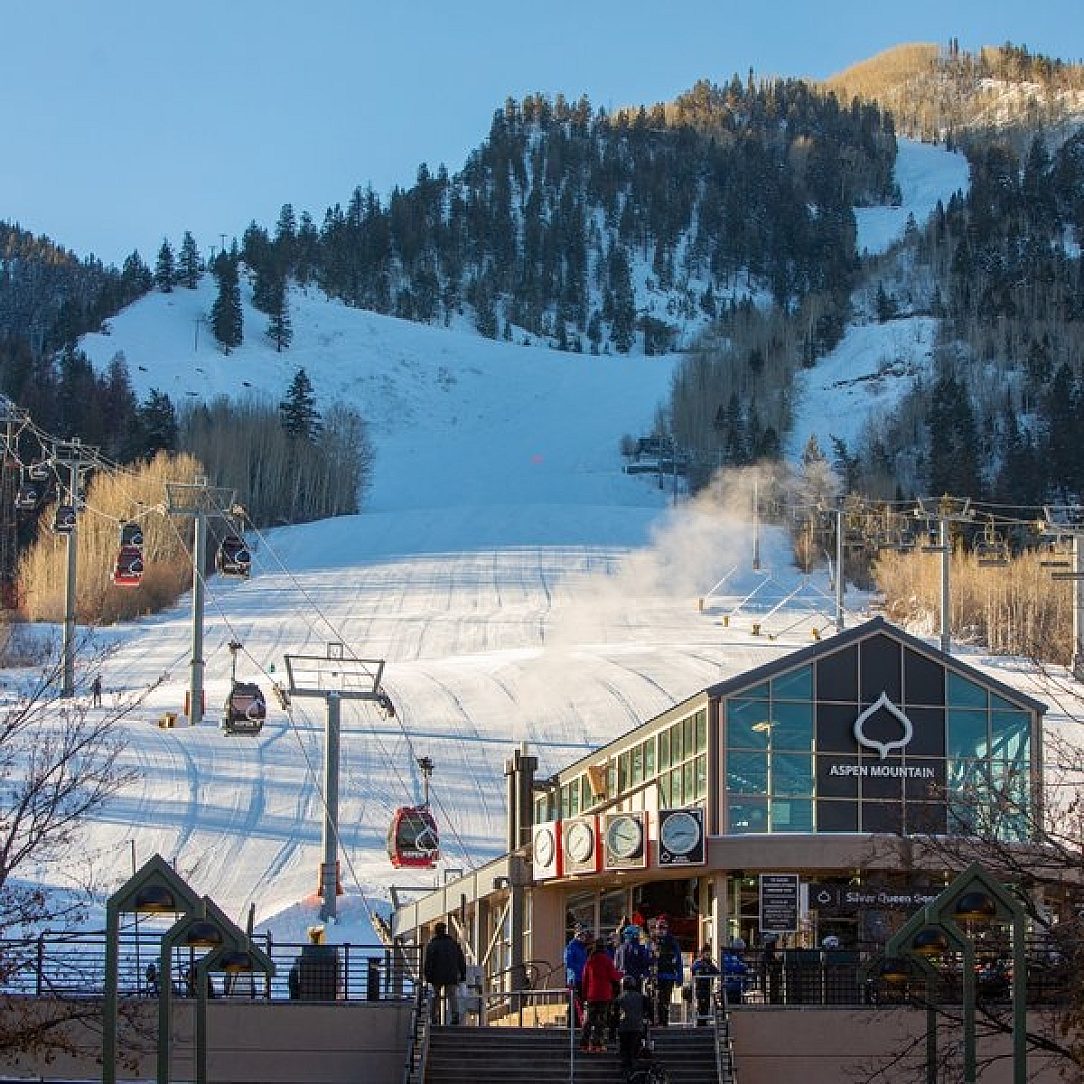Menu • Quick Links • Search
Login
CloseThe origin of today’s ski lifts may seem a little surprising. In the early 1930s, the Union Pacific (UP) Railroad, which operated through some of the country’s most mountainous territory, decided to develop and operate a world-class winter sports resort. After selecting what is known today as Sun Valley, located in the Sawtooth Mountains of Idaho, planning began for this ambitious venture. With the vision of UP passenger trains bringing skiers from across the country, the next logical step was finding a safer, more efficient way to transport skiers up the slopes. The prevailing options at the time included rope tows and boat lifts used to drag skiers uphill. Inspired by a system used to load bananas onto ships in Central America, UP’s headquarters in Omaha, Nebraska began designing, engineering, and testing a profoundly different method of transporting skiers. In 1936, the world’s first single-seat chairlift began operating in Sun Valley.
“For the past 43 years, we’ve relied on hot dip galvanizing as a staple within our process.”
Initially, the notion of carrying skiers above the ground was viewed with skepticism and concern for safety. However, the innovation allowed riders to remain in their skis, seated in a chair and carried smoothly up the mountain at five miles per hour. This advancement marked a turning point in alpine recreation, reshaping the way skiing was enjoyed across the globe. As skiing gained popularity across the American West, new resorts began to emerge, and one of the most significant was the old silver-mining town of Aspen, nestled in Colorado’s Rocky Mountain Sawatch Range and named for its abundance of aspen trees. In 1946, Aspen opened its first chair-style ski lift on Aspen Mountain, bringing new life and prosperity to this picturesque town. The single-seat lift, named Lift 1, with 124 chairs, was at that time the longest chairlift in the world. Aspen continued to develop as a ski resort, soon becoming a popular retreat for many celebrities. Lift 1 continued to carry skiers up the mountain for the next quarter century, even as additional chairlifts were added with advancements in safety and speed. The steel tower structures and components of these early lifts relied on paint systems to protect the steel from corrosion. In rugged mountain environments, however, maintaining those coatings was both difficult and expensive. In 1981, Poma S.A., a ski lift manufacturer headquartered in France and looking to expand opportunities across the Atlantic, opened Poma of America (POA) with a factory and offices in Grand Junction, Colorado. From the start, POA specified and sourced hot-dip galvanizing (HDG) as the protection of choice for its ski lift towers and related components. Access to Aspen Mountain was radically changed in 1986 with the opening of the Silver Queen Gondola, an enclosed cable-car-style ski lift constructed by POA. The Silver Queen comfortably accommodates six passengers per cabin while transporting up to 2,000 skiers per hour. By this time, hot-dip galvanizing had become the standard protective coating throughout the ski lift industry. All towers, cross-arms, and other exposed steel components of the Silver Queen were hot-dip galvanized prior to erection. The gondola carries riders from Aspen’s town center elevation of 7,945 feet up to the summit of 11,212 feet, completing the trip in just 14 minutes. With the merger of two major international ski lift manufacturers in 1992, Poma of America became Leitner-Poma of America (LPOA), but nothing changed regarding the use of hot-dip galvanized steel. As explained by Tom Orms, Director of Manufacturing for LPOA, “Since our inception in the United States in 1981 and for the past 43 years, we’ve relied on hot-dip galvanizing as a staple within our process. Prior to that, painting towers was an inferior protective option considering the elements faced in these harsh mountainous climates.” The process of hot-dip galvanizing involves dipping carefully prepared steel into a kettle of molten zinc to produce a nearly indestructible, environmentally friendly zinc and iron alloy coating over all surfaces. The process takes only hours to complete, yet the protection can last for generations. A recent inspection of the Silver Queen’s HDG coating showed that the protection remains intact and ready to continue its remarkable record for years and even decades to come. The zero-maintenance advantage of HDG has saved millions of dollars for the ski resort industry. According to Ben McCarter, Director of Mountain Maintenance and Operations for Aspen Snowmass, “For 38 years, the galvanized steel components of our beloved Silver Queen Gondola have stood the test of time in some of the harshest weather conditions, ranging from subzero temperatures in winter to the nineties during peak summer. Year to year, our guests get to experience the marvels of mountain recreation thanks in part to the reliability of hot-dip galvanizing and the care that was put into the original design and erection of this structure in 1986.” The Aspen Ski Company retains a unique cultural heritage that harks back to the early days of recreational skiing. Aspen is one of four adjacent ski resorts, along with Snowmass, Aspen Highlands, and Buttermilk, encompassing four mountains, 43 galvanized ski lifts, and 336 trails covering more than 5,600 acres of terrain as part of today’s Aspen/Snowmass complex. The Silver Queen remains the steepest vertical-rise ski lift in North America, ascending 3,267 feet over a five-mile stretch, and she shows no signs of slowing down. Skiers will continue to enjoy the exceptional conditions on Aspen Mountain, and hot-dip galvanizing will continue its vital, protective role. Long live the Queen!
Yes, Sale Manager's Communicated with the manufacturer and the Owner.
Coating Thickness
| Desc | Read. 1 | Read. 2 | Read. 3 | Read. 4 | Read. 5 | Avg. |
|---|---|---|---|---|---|---|
| Tower 1 | 4.1 | 4.9 | 3.2 | 4.6 | 4.3 | 4.22 |
| Tower 2 | 5.7 | 2.5 | 4.8 | 4.3 | 3.2 | 4.10 |
| Tower 3 | 1.95 | 2.3 | 2.3 | 3.1 | 4.2 | 2.77 |
| Lattice Tower 1 | 3.8 | 3.6 | 5.0 | 4.0 | 5.6 | 4.40 |
| Tower 4 | 2.3 | 2.1 | 2.4 | 1.7 | 2.5 | 2.20 |
| Tower Top | 3.2 | 3.8 | 2.8 | 3.1 | 2.9 | 3.16 |
Details
Award Class
Lifetime Achievement
Award Sectors
Lifetime Achievement
Environment
Rural
Location
Aspen, CO United States
Reasons for Galvanizing
Coating Durability, Corrosion Performance, Ease of Specifying, Initial Cost, Life-Cycle Cost, Prior HDG Experience, Quality of HDG, Sustainability, Turnaround Time
Components Galvanized
Tubular Towers, Lattice Towers, Cross Arms, Rocker Plates & Structural Columns and Beams
Tonnage/Size
Steel: 225
HDG: 225
Team Members
Owner
Ben McCarter/ Director of Mnt. Ops
Aspen Ski Company
Engineer
Tom Orms / Director Of MFG
Leitner Poma
Member Galvanizer(s)
AZZ Galvanizing - Denver
Thank you! Your vote has been accepted.

